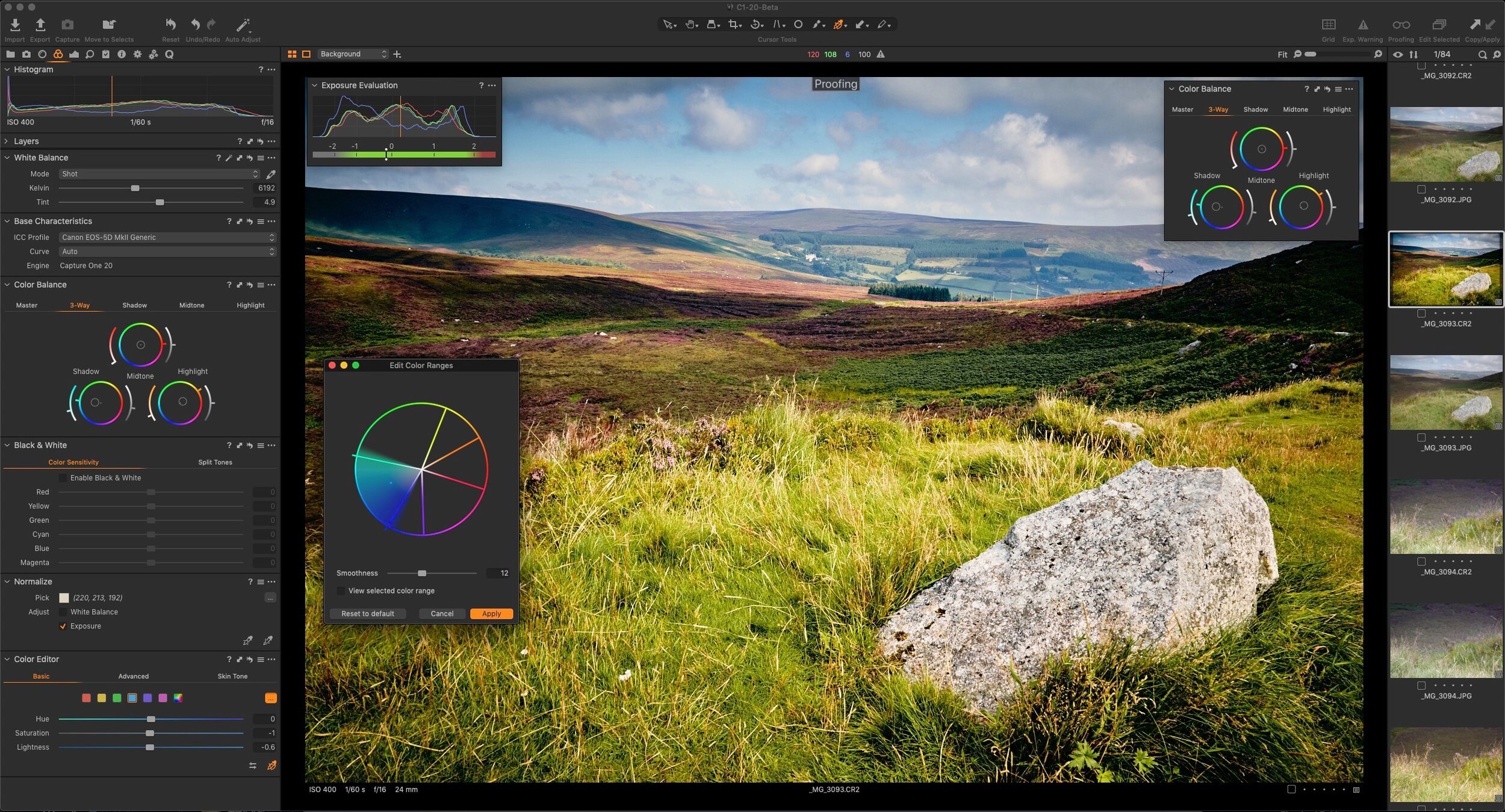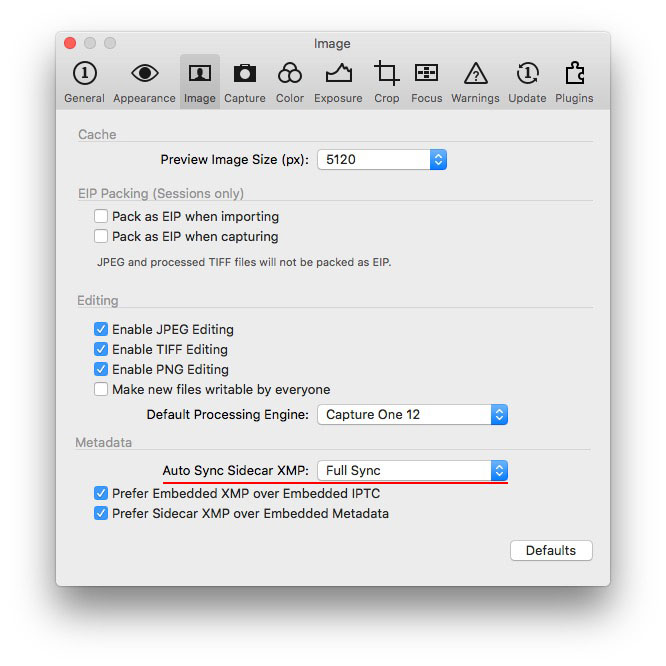

I like to keep these images separate from my client work, as it helps me feel more organized. I shoot food and still life photography for several stock agencies. You may choose to have more than one catalog for example, a catalog for personal photos and another for client work. depending on how you want to set up your workflow. You can have a single catalog for all of your images, which is further broken down into Sessions and Albums etc. Creating a Catalog creates a new database it tracks photos and adjustments, and stores metadata and keywords, and a small preview of your photos If you’re new to Capture One, you’ll want to start a new Catalog. In short, consider the performance limitations of any storage medium that you use when organizing your photos in Capture One. They don’t have to live in the same location as your photos, but your catalog should be kept in the fastest, most high-performing place you can put it – which is usually your computer’s internal hard drive. However, before you get started, you should, decide where you’ll put your catalogs. There are different importing strategies you can use when organizing photos in Capture One. On the other hand, Sessions are great for on-set shooting and tethered shooting in studio and are an efficient way to organize the images from a specific shoot.

It’s recommended that you work with both.Ī Catalog in Capture One functions like a Catalog in Lightroom in that it helps you organize large libraries of images however, it offers more functionality. Capture One Pro Worksapce Setting up your Catalog for successĬapture One offers you the ability to work in Catalogs or Sessions. In this article, I’ll give you some tips to get you started on organizing photos in Capture One. No matter which RAW photo editor you use, organizing your photos is probably one of the least enjoyable tasks in your photography workflow. However, setting up your catalogs correctly, or making changes to its structure, can ultimately save you a lot of valuable time.


 0 kommentar(er)
0 kommentar(er)
